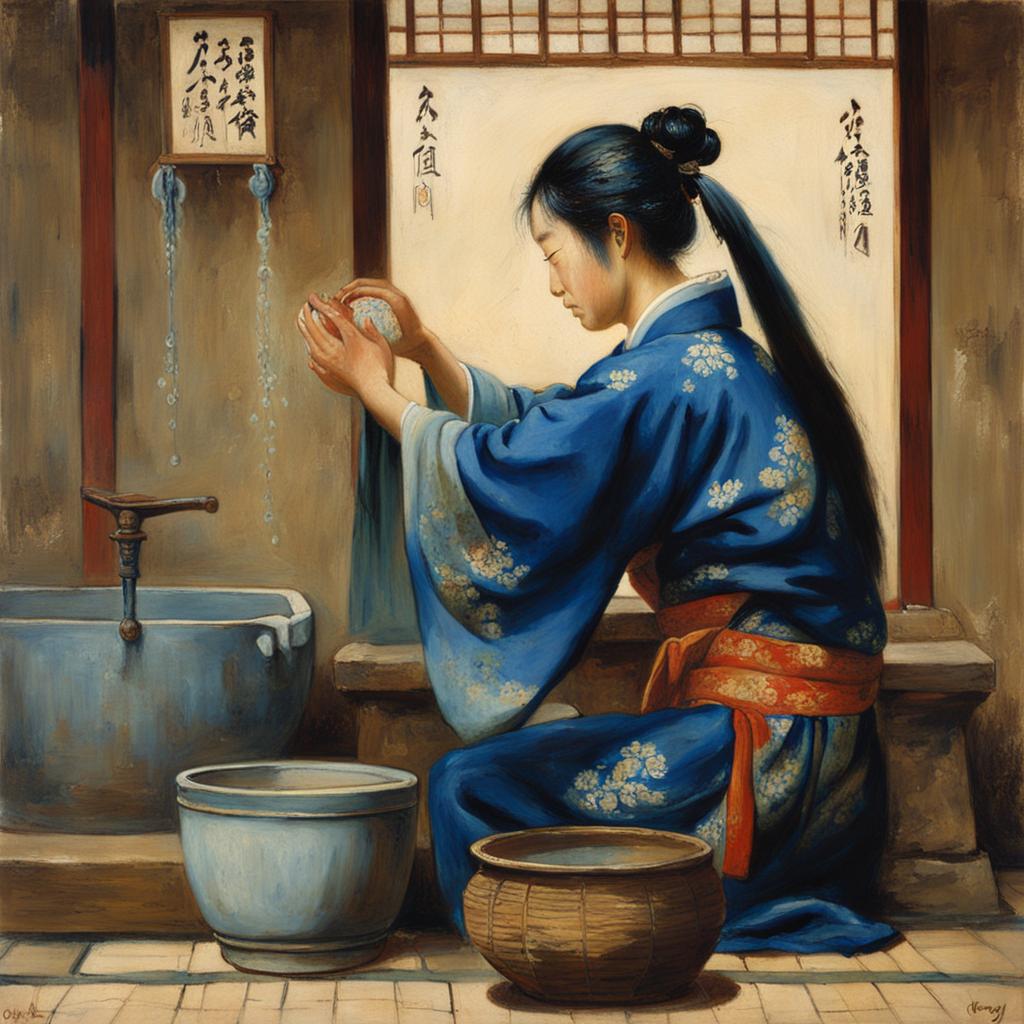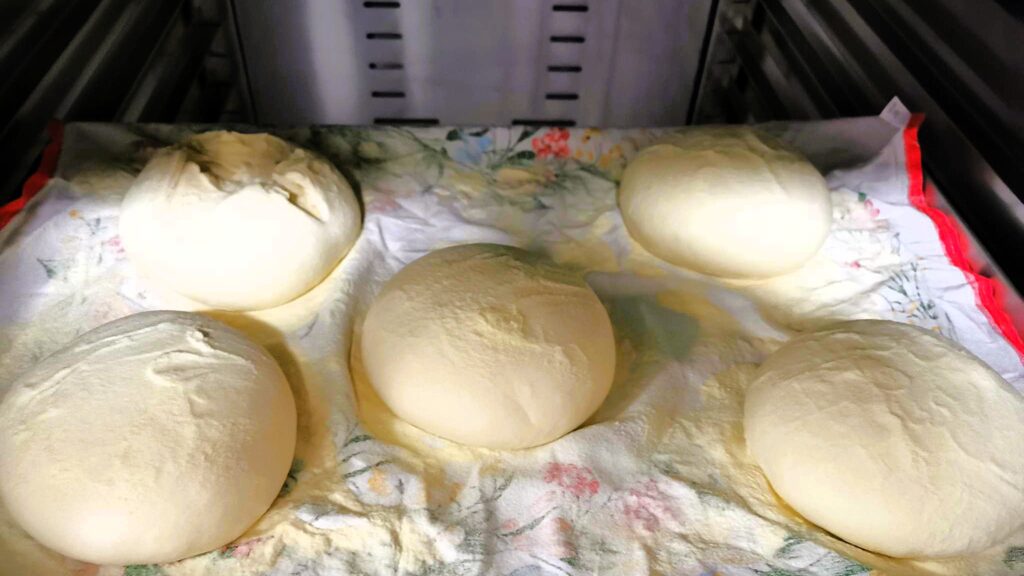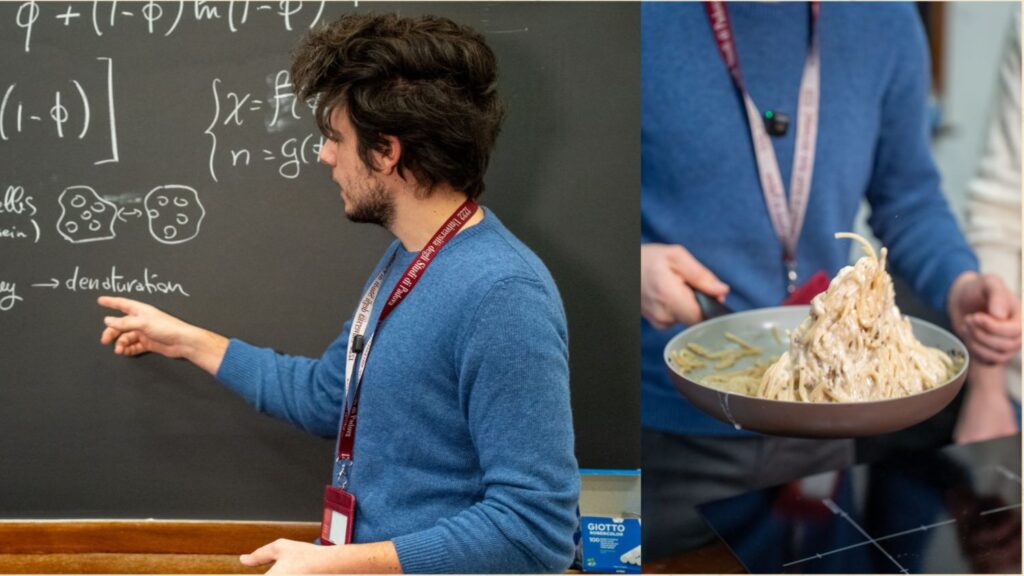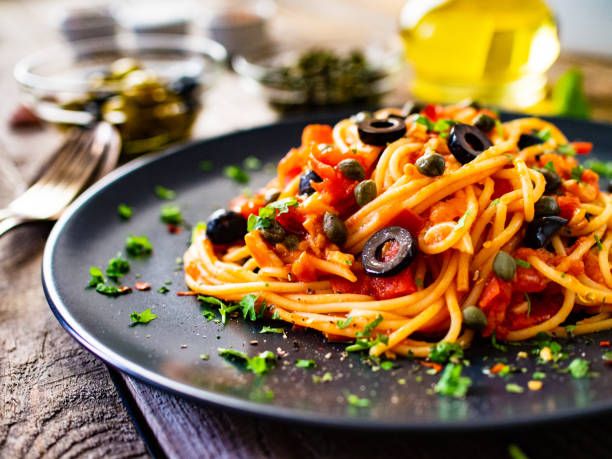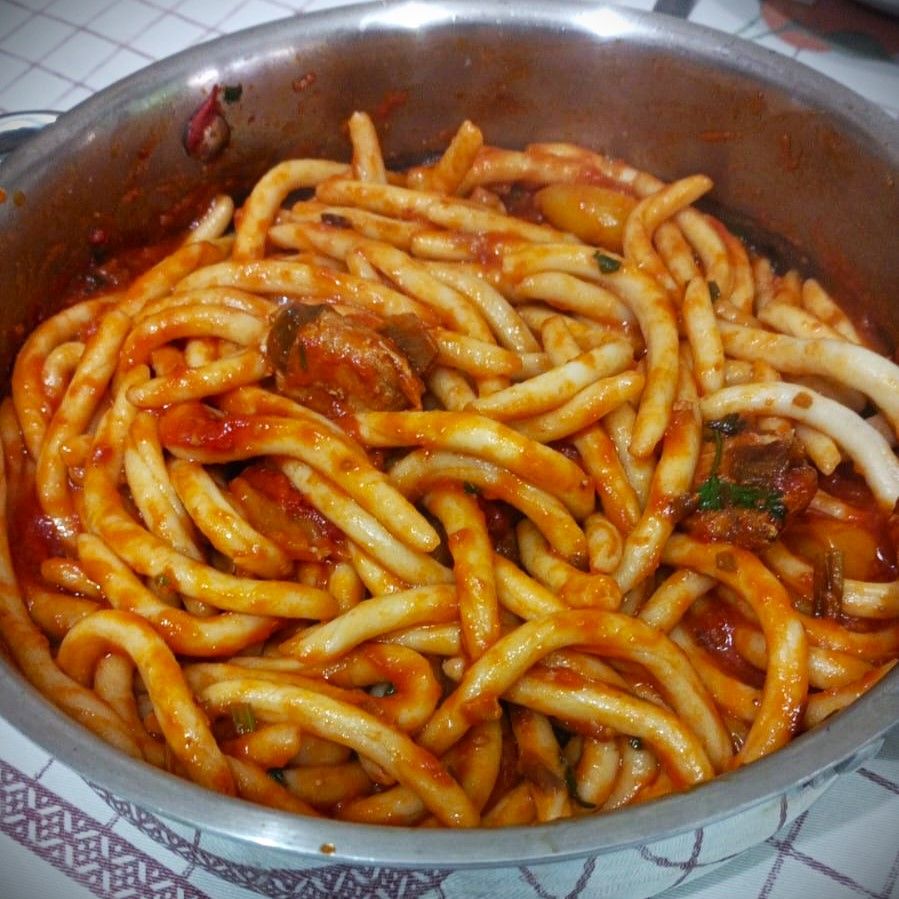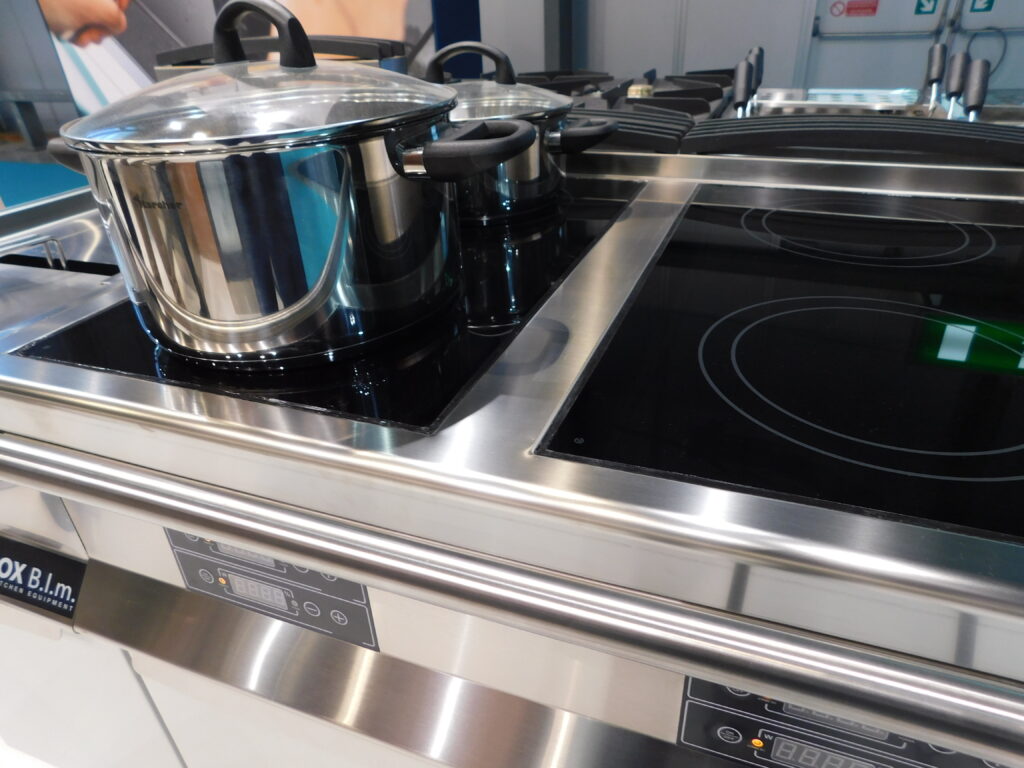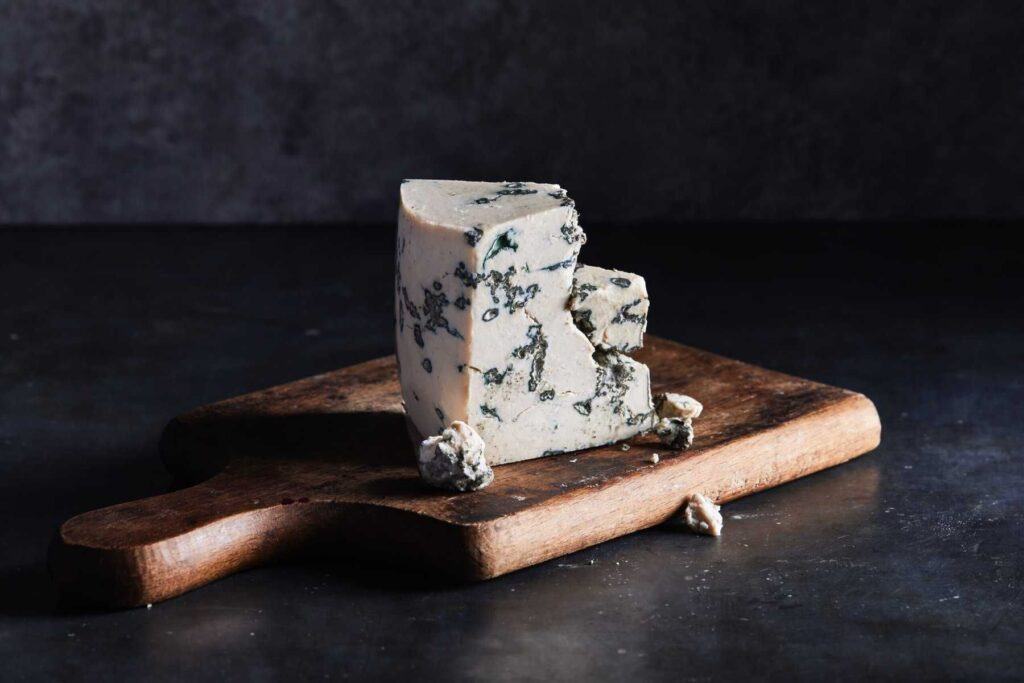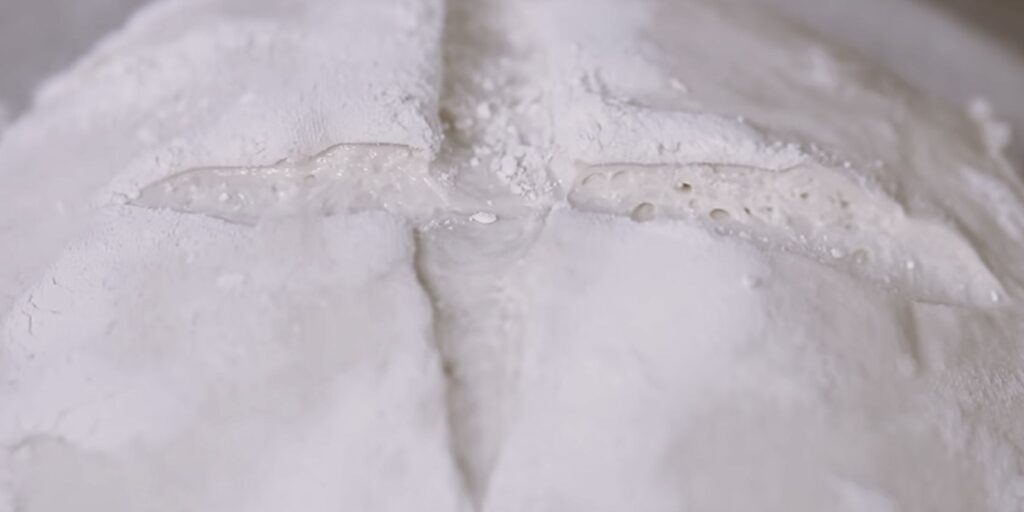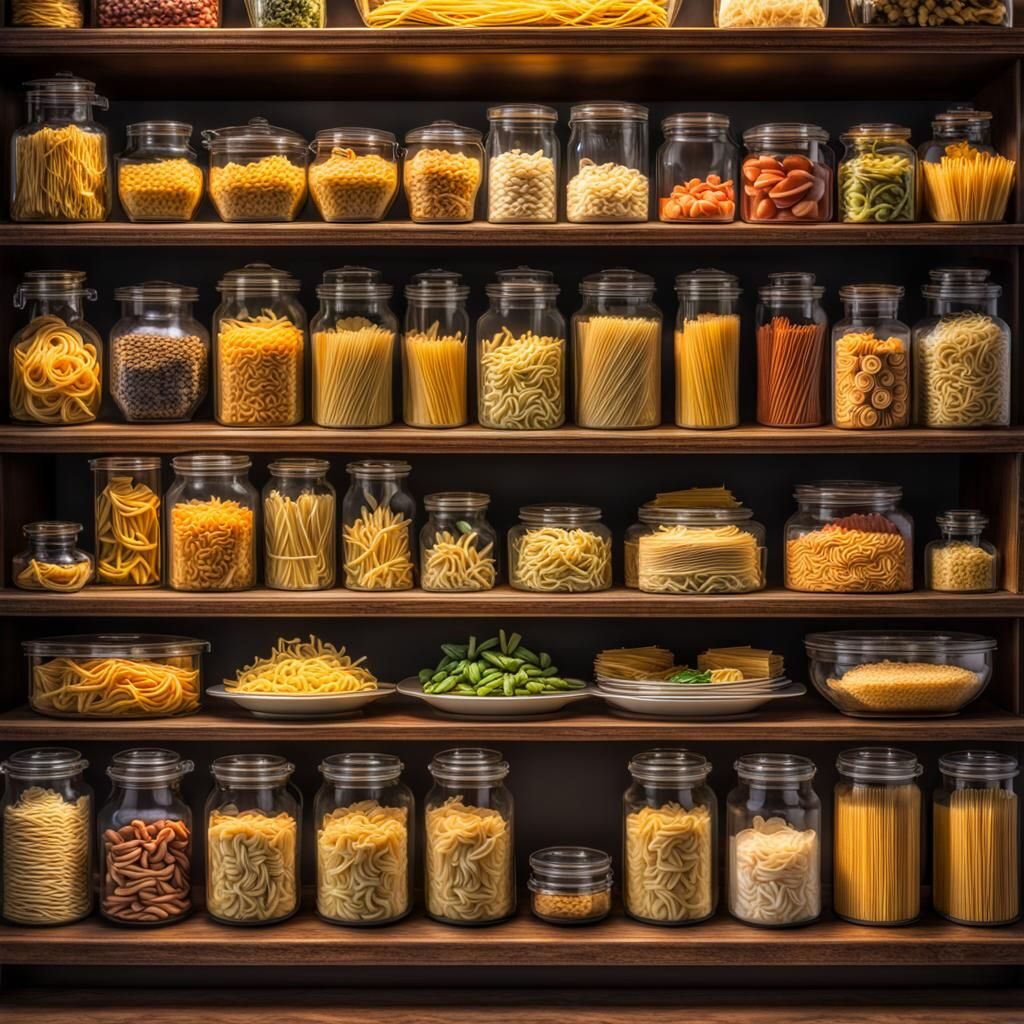Rinsing rice seems to be a practice adopted in many parts of the world, although with different variations on the theme.
Since there are over 120,000 different strains of rice in the world (data from the USA Rice Federation), there can’t be only one way to wash, cook and serve it!
But why do it?
Well, the main reason is that by washing rice (at least white rice), the amount of surface starch found on the grain is reduced. In this way it is possible to obtain well-detached grains, making the texture fleecier, and a decidedly more distinct taste.
Of course, this also depends on the recipe you are about to follow: it is great for pilaf, cold rice salad, or other Asian cuisine preparations.
Less suitable if you have to cook a risotto though.
Furthermore, water can help remove any foreign bodies (such as rice husks), as well as any residues of arsenic absorbed by the grains during growth.
The latter is a problem destined to become increasingly more serious with the global temperature rise, which, alas, we are facing (1).
It is also an effective system for washing microplastic contamination from the grain (2).
But be careful! Washing rice for too long causes it to lose part of its Vitamin B content, minerals and Phytic Acid: important nutrients, especially in those parts of the world where rice is a staple food (3).
And do you know what?
In Japan, during the Heian period (between the 9th and 12th centuries AD), it was customary for court women to wear their hair down to their feet.
And how did they ensure that it was shiny? They used to shampoo themselves daily with Yu-Su-Ru, which is nothing more than rinsing water obtained from the washing of rice (4).
I don’t have the information to state whether this works or not. Maybe I’ll give it a try next time I’ll cook rice…
By the way… if you run a business in catering or foodservice industry, and you’re interested in my content writing and/or copywriting services, just give me a shout!
Not an expert in hairstyling, but I can give it a try!

 Italiano
Italiano
